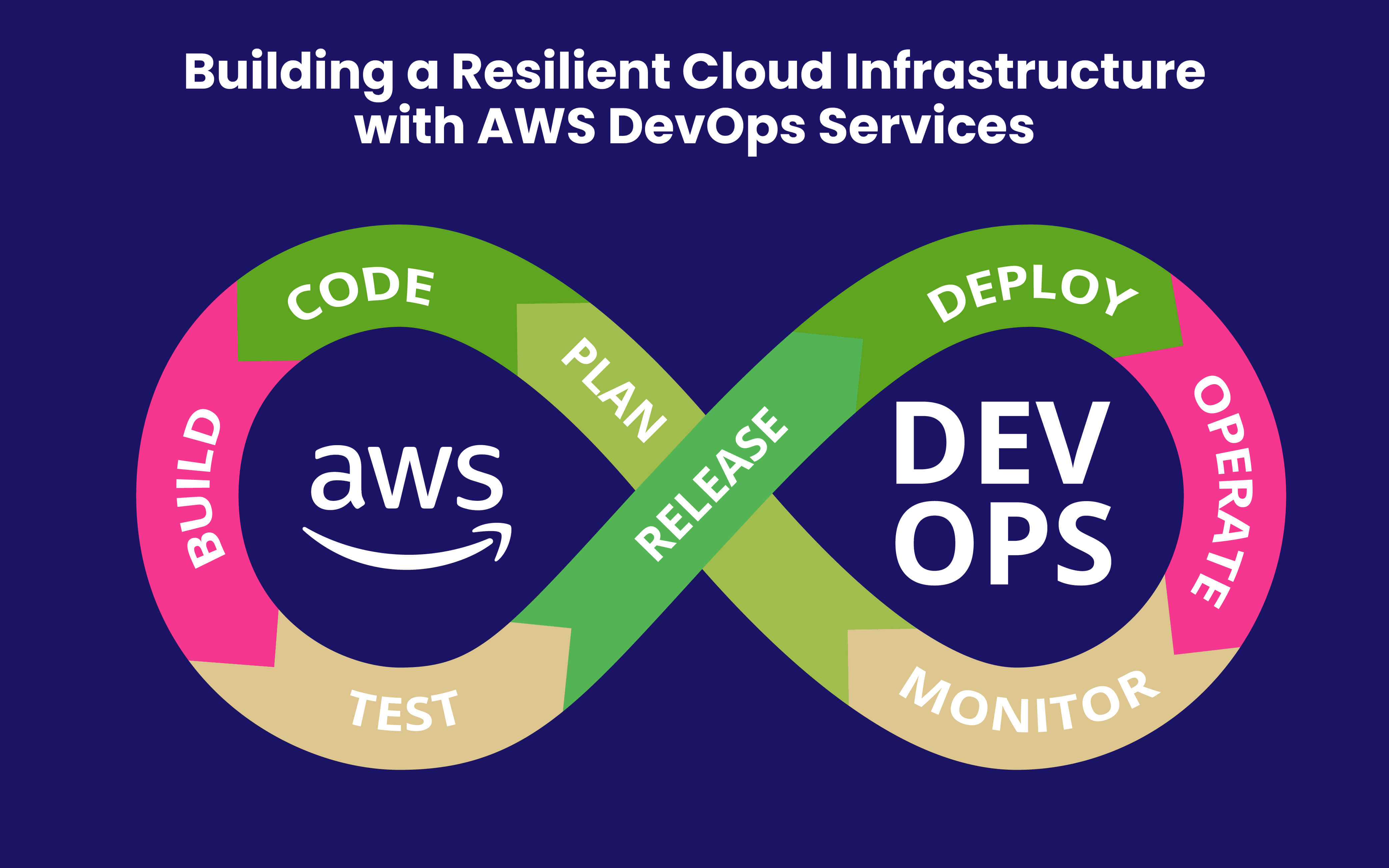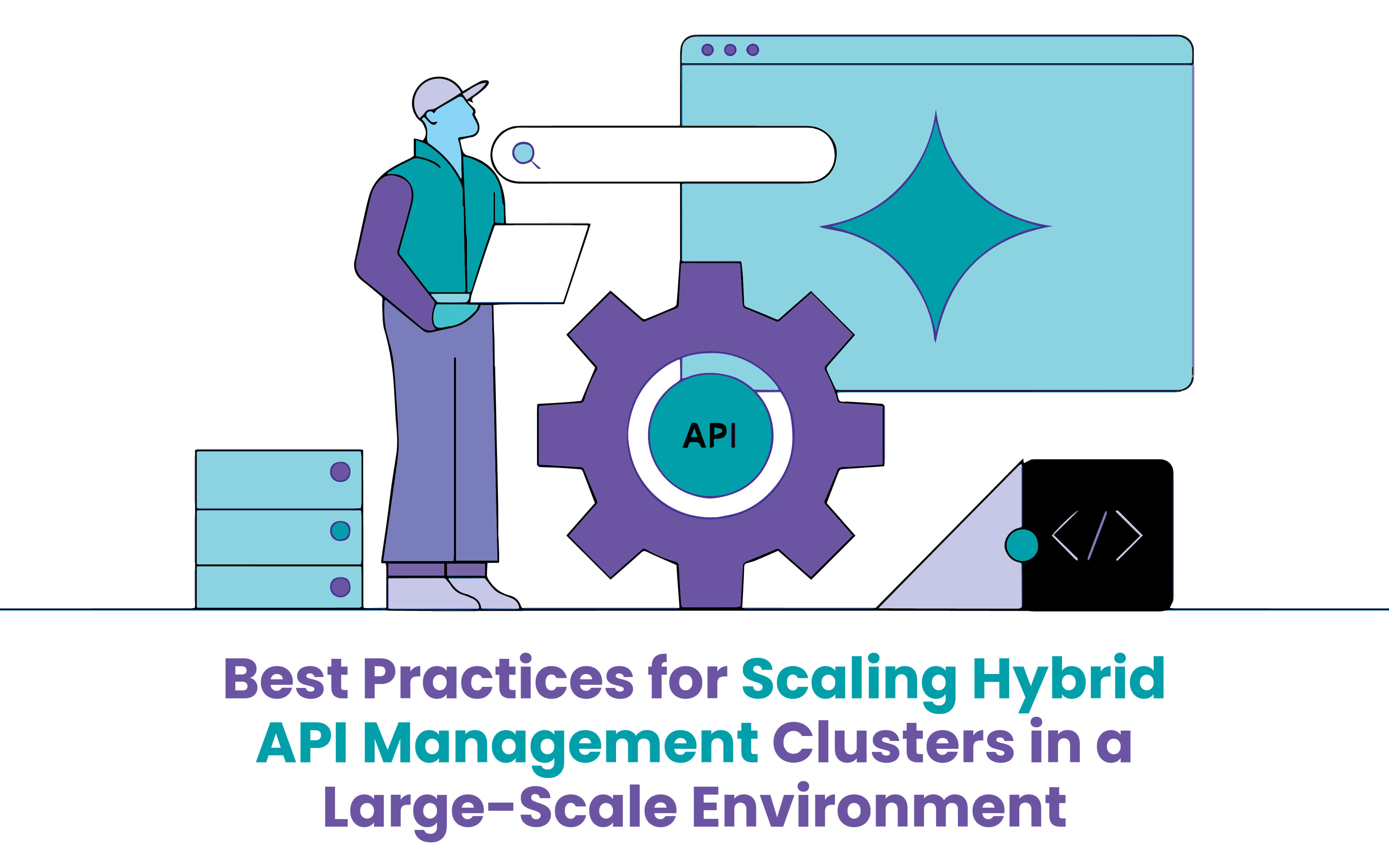Blogs
To know about all things Digitisation and Innovation read our blogs here.
Microservices
Top 10 Patterns To Manage Microservices Architecture
SID Global Solutions
4 May 2023

Microservices are a popular architectural pattern used in modern software development. They allow for the creation of complex systems by breaking them down into smaller, more manageable components. Each microservice is responsible for a specific task or functionality, making it easier to develop, test, and deploy applications. However, developing microservices is not a trivial task. It requires careful consideration of the various patterns and practices that can be used to build robust and scalable systems. In this article, we will discuss the top 10 common microservice patterns that can be used to build effective microservices.
Also Read: The Evolution of APIs: How Simple Integrations Grew into Complex Ecosystems
1. API Gateway Patterns
The API Gateway pattern is a common pattern used in microservices architecture. It acts as an entry point for all incoming requests to the system. The API Gateway is responsible for routing requests to the appropriate microservice, performing authentication and authorization, and providing additional functionality such as caching, rate limiting, and load balancing.
The API Gateway pattern can be implemented using various tools and frameworks such as NGINX, Kong, and Spring Cloud Gateway. NGINX, for example, provides a high-performance, scalable, and secure solution for implementing an API Gateway. It allows for easy routing, load balancing, and caching of requests. Kong, on the other hand, is an open-source API Gateway that provides features such as rate limiting, authentication, and analytics. Spring Cloud Gateway is another popular option that provides a flexible and powerful solution for implementing an API Gateway.
2. Bulkhead Pattern
The Bulkhead pattern is a pattern used to isolate failures in a system. It is based on the concept of a ship’s bulkhead, which separates different compartments to prevent the entire ship from sinking in case of a breach. In microservices architecture, the Bulkhead pattern is used to isolate failures in different microservices, preventing the entire system from going down.
The Bulkhead pattern can be implemented using various techniques such as process isolation, thread pooling, and circuit breakers. Process isolation involves running each microservice in a separate process, providing isolation from other microservices. Thread pooling involves limiting the number of threads that can be used by a microservice, preventing it from consuming all available resources. Circuit breakers provide a way to isolate failures in a microservice by opening the circuit when it fails and redirecting requests to a fallback service.
3. Circuit Breaker Pattern
The Circuit Breaker pattern is another common pattern used in microservices architecture. It is used to prevent cascading failures in a system. Cascading failures occur when a failure in one microservice causes a failure in another microservice, leading to a chain reaction that can bring down the entire system.
The Circuit Breaker pattern is based on the concept of a circuit breaker in electrical systems. When a circuit breaker detects a fault, it opens the circuit to prevent damage to the system. Similarly, in microservices architecture, the Circuit Breaker pattern detects failures in a microservice and prevents further requests from being sent to it. Instead, requests are redirected to a fallback service, allowing the system to continue functioning.
Also Read: The Future of API Development and How Platform Engineering is Shaping it?
The Circuit Breaker pattern can be implemented using various tools and frameworks such as Hystrix, Resilience4j, and Istio. Hystrix is a popular tool used to implement Circuit Breaker patterns in microservices architecture. It provides a way to handle failures in microservices, providing fallback services and preventing cascading failures. Resilience4j is another popular tool that provides a way to implement Circuit Breaker patterns in microservices architecture. It provides a comprehensive set of resilience patterns, including Circuit Breaker, Retry, and Rate Limiter. Istio is a service mesh that provides a way to implement Circuit Breaker patterns at the network level, providing fine-grained control over traffic routing and service discovery.
4. CQRS Pattern
The CQRS (Command-Query Responsibility Segregation) pattern is a design pattern used in microservices architecture to separate the read and write operations of a system. It is based on the concept of separating the commands and queries of a system into separate components, providing better scalability, performance, and maintainability.
The CQRS pattern separates the read and write operations of a system into separate components, each with its own database. The write component is responsible for handling commands, while the read component is responsible for handling queries. This separation allows for better scalability and performance, as read and write operations can be optimized separately. It also allows for better maintainability, as changes to the write component do not affect the read component, and vice versa.
The CQRS pattern can be implemented using various tools and frameworks such as Axon Framework, Lagom, and Eventuate. Axon Framework is a popular tool used to implement the CQRS pattern in microservices architecture. It provides a way to separate the read and write operations of a system, allowing for better scalability and performance. Lagom is another popular tool that provides a way to implement the CQRS pattern in microservices architecture. It provides a set of libraries and tools for building reactive microservices, including support for the CQRS pattern. Eventuate is a platform for building distributed applications using the Event-Driven Architecture pattern, which we will discuss next.
5. Event-Driven Architecture Pattern
The Event-Driven Architecture (EDA) pattern is a design pattern used in microservices architecture to handle events and asynchronous communication between microservices. It is based on the concept of events, which are messages that are generated when something significant happens in the system. Events can be used to trigger actions in other microservices, allowing for asynchronous communication and decoupling of the system.
The EDA pattern can be implemented using various tools and frameworks such as Apache Kafka, RabbitMQ, and AWS EventBridge. Apache Kafka is a popular tool used to implement the EDA pattern in microservices architecture. It provides a distributed streaming platform that can be used to handle events and asynchronous communication between microservices. RabbitMQ is another popular tool that provides a way to implement the EDA pattern in microservices architecture. It provides a lightweight messaging system that can be used to handle events and asynchronous communication between microservices. AWS EventBridge is a managed event bus service that provides a way to implement the EDA pattern in microservices architecture on the AWS cloud platform.
Also Read: The API-First Approach: Why it Matters for Modern Software Development
6. Saga Pattern
The Saga pattern is a design pattern used in microservices architecture to handle long-running transactions between microservices. It is based on the concept of a saga, which is a sequence of steps that need to be performed to complete a transaction. The Saga pattern breaks down the transaction into a series of smaller steps, each of which is handled by a separate microservice.
The Saga pattern can be implemented using various techniques such as choreography and orchestration. Choreography involves each microservice handling its own part of the transaction, with coordination happening through the exchange of events. Orchestration involves a central coordinator that handles the entire transaction, delegating tasks to the appropriate microservices.
The Saga pattern can be implemented using various tools and frameworks such as Axon Framework, Camunda, and Kubernetes. Axon Framework is a popular tool used to implement the Saga pattern in microservices architecture. It provides a way to handle long-running transactions between microservices, allowing for better scalability and performance. Camunda is another popular tool that provides a way to implement the Saga pattern in microservices architecture. It provides a BPMN engine that can be used to model and execute long-running transactions. Kubernetes is a container orchestration platform that can be used to implement the Saga pattern at the infrastructure level, providing automatic scaling and high availability.
7. Service Mesh Pattern
The Service Mesh pattern is a design pattern used in microservices architecture to handle service-to-service communication. It is based on the concept of a mesh network, where each microservice communicates with other microservices through a sidecar proxy.
The Service Mesh pattern can be implemented using various tools and frameworks such as Istio, Linkerd, and Consul. Istio is a popular tool used to implement the Service Mesh pattern in microservices architecture. It provides a way to handle service-to-service communication, including traffic management, security, and observability. Linkerd is another popular tool that provides a way to implement the Service Mesh pattern in microservices architecture. It provides a lightweight service mesh for Kubernetes clusters, including support for observability and reliability. Consul is a service mesh tool that can be used to implement the Service Mesh pattern, providing a way to discover and connect services in a distributed system.
8. Service Registry Pattern
The Service Registry pattern is a design pattern used in microservices architecture to handle service discovery. It is based on the concept of a registry, which is a central database of available services in the system.
The Service Registry pattern can be implemented using various tools and frameworks such as Eureka, Consul, and ZooKeeper. Eureka is a popular tool used to implement the Service Registry pattern in microservices architecture. It provides a way to register and discover services in a distributed system, including support for load balancing and failover. Consul and ZooKeeper are other popular tools that provide a way to implement the Service Registry pattern, providing a way to discover and manage services in a distributed system.
Also Read: How Monitoring-as-Code Improves DevOps Collaboration and Communication?
9. Sidecar Pattern
The Sidecar pattern is a design pattern used in microservices architecture to handle cross-cutting concerns such as logging, monitoring, and security. It is based on the concept of a sidecar, which is a separate container or process that runs alongside the main container or process.
The Sidecar pattern can be implemented using various tools and frameworks such as Envoy, Istio, and Linkerd. Envoy is a popular tool used to implement the Sidecar pattern in microservices architecture. It provides a way to handle cross-cutting concerns, including traffic management, security, and observability. Istio and Linkerd are other popular tools that provide a way to implement the Sidecar pattern, providing a way to handle cross-cutting concerns in a distributed system.
10. Strangler Pattern
The Strangler pattern is a design pattern used in microservices architecture to migrate from a monolithic system to a microservices architecture. It is based on the concept of gradually replacing parts of the monolithic system with microservices, over time.
The Strangler pattern can be implemented using various techniques such as API gateways, service discovery, and versioning. API gateways can be used to route traffic between the monolithic system and microservices, allowing for a gradual migration. Service discovery can be used to gradually replace parts of the monolithic system with microservices, without disrupting the overall system. Versioning can be used to gradually roll out new versions of the system, including microservices.
Conclusion
Microservices architecture is a powerful way to build large, complex systems that are scalable, flexible, and maintainable. The ten patterns discussed in this article provide a way to handle various aspects of microservices architecture, including communication, scalability, performance, and migration. By using these patterns, developers can build robust, reliable systems that can adapt to changing requirements and business needs.









